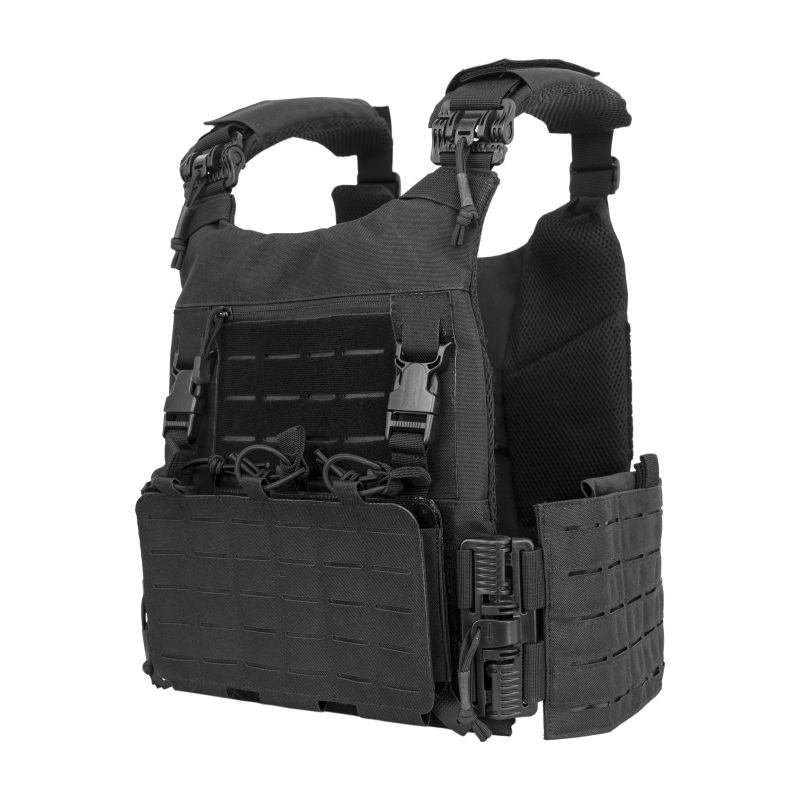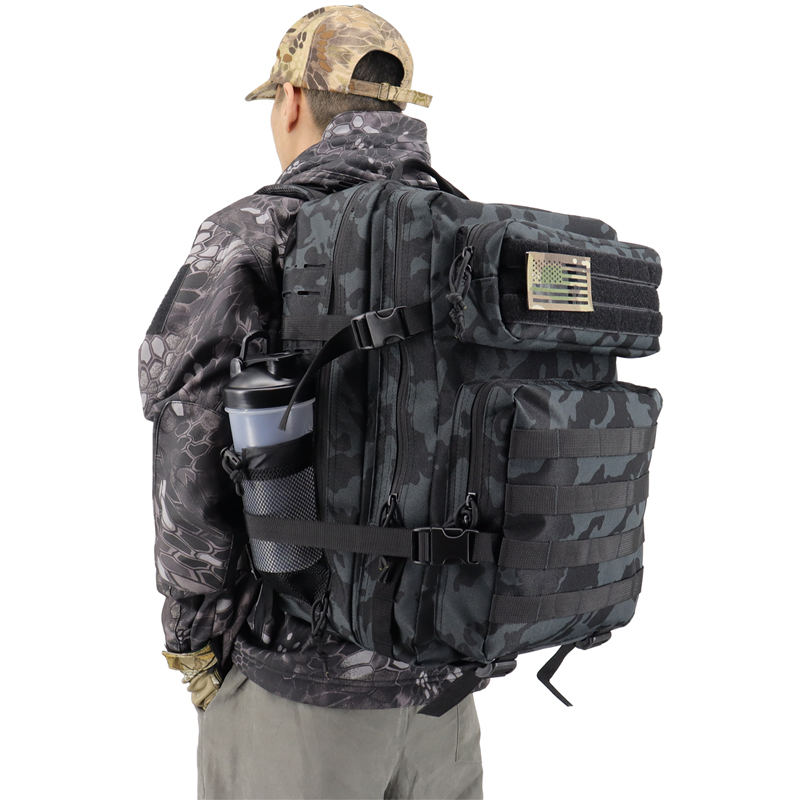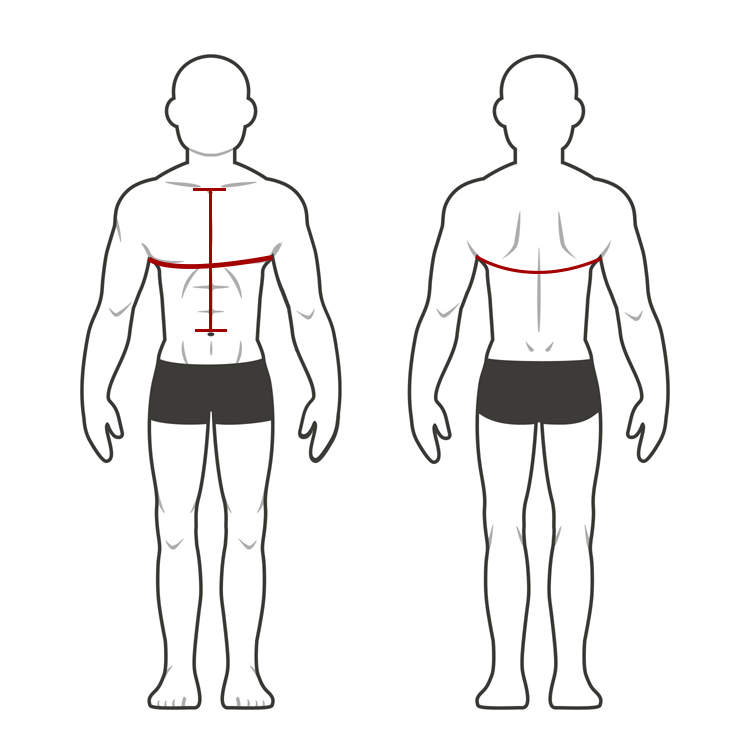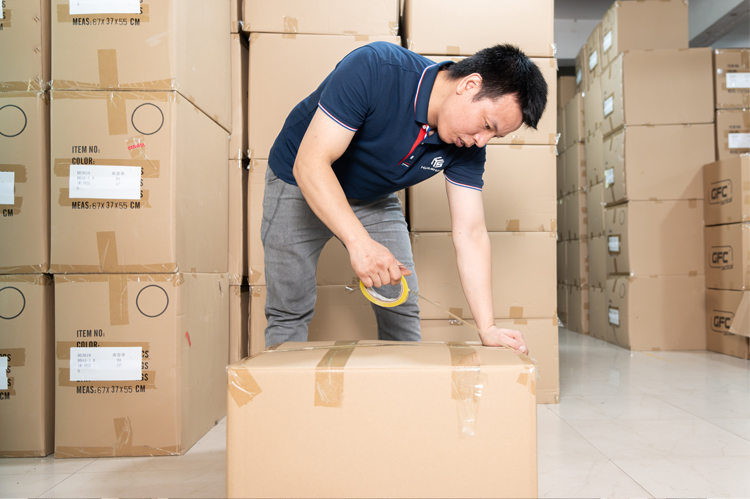Make Samples and Modification: Ensure that the Customized Tactical Backpack Meets Customer Expectations
In the second article, we discussed how to select the right supplier and evaluate its production capacity. After determining the right supplier, the next key step is to make samples and test and modify them. Proofing is a crucial part of the custom backpack process, which is directly related to the final quality of the product and the customer’s experience. Especially on online platforms, customer experience and feedback can directly affect sales, so ensuring that the sample meets the design expectations is the key to success.
1. Communicate with suppliers and make samples
When you complete the design and determine the customization requirements, the next step is to work closely with suppliers. Ensure they produce samples according to the design drawings and specifications. At this point, the supplier is not only a manufacturer, but also your partner. Pay attention to backpack details such as the carrying system, zipper, and compartment design. These will affect customers’ purchasing decisions on the online platform.
A qualified supplier must meet technical requirements. They should also maintain efficient communication. This ensures every design detail is reflected in the sample. This is a two-way cooperation process. Ensure no communication blind spots with the supplier. This helps achieve an ideal backpack sample.
2. Sample testing to find customer pain points
When the sample is made, the next task is to conduct comprehensive testing. Testing ensures there are no problems with the backpack’s appearance and structure. More importantly, it helps identify potential pain points from the customer’s perspective. You need to test the durability, comfort, and functionality of the sample. This ensures it meets the real needs of customers. Customer feedback on these functions is crucial, especially for online platform sales.
For example, when testing comfort, you may find that the shoulder straps don’t meet long-term carrying needs. Or the back panel of the backpack may not be breathable enough, causing discomfort. Such details directly affect the customer’s purchasing experience. Therefore, it’s necessary to test carefully. This helps identify and modify any issues in time.
3. Adjust and optimize according to feedback: solve practical problems
After the sample is tested, you will collect a lot of feedback. Whether it is the supplier’s suggestions or problems found during your own testing, they need to be adjusted and optimized. Based on this feedback, optimize the backpack’s design. This ensures it can perform well in use.
At this stage, focus on improving the comfort, functionality, and durability of the backpack. This will determine whether the backpack stands out in the market.
For example, if the customer mentions the zipper isn’t smooth enough, consider replacing it with a higher-quality zipper. If the feedback says the shoulder strap isn’t comfortable enough, redesign the shoulder strap structure. Add a cushioning layer to ensure comfort during long wear.
4. Balance between price and cost: avoid blindly reducing costs
When adjusting the sample, you may face a choice between cost and quality. To make the backpack competitive on the online platform, price is important. However, blindly reducing costs may reduce product quality. This could affect customer experience and brand reputation. Therefore, you need to find a balance. Control costs while ensuring the function and quality of the backpack. For example, choose cost-effective materials or optimize the production process. These are both good solutions.
5. Perfect sample, ready to enter production
After a series of tests and optimizations, you finally have a sample that meets the design expectations and has excellent quality. At this time, you can prepare for large-scale production and ensure that the product can be sold smoothly through the online platform. At this stage, it is very important to ensure the stability of the production process, especially to ensure that each product is consistent with the final sample to avoid differences in product quality.
Before going online, you also need to carry out necessary marketing and product information optimization to ensure that the backpack information that customers see on the online platform is highly consistent with the actual product, to avoid bad reviews or returns due to product differences.
Focus on details and win customer trust
Whether it is choosing the right supplier or striving for excellence in the proofing process, every link requires you to pay close attention. From design to production, until the final product is launched, the proofing and modification process is the key to the success of a custom tactical backpack. By continuously optimizing products and improving customer experience, your custom backpack will be able to stand out in the fiercely competitive market and win the trust and love of customers on the online platform.






